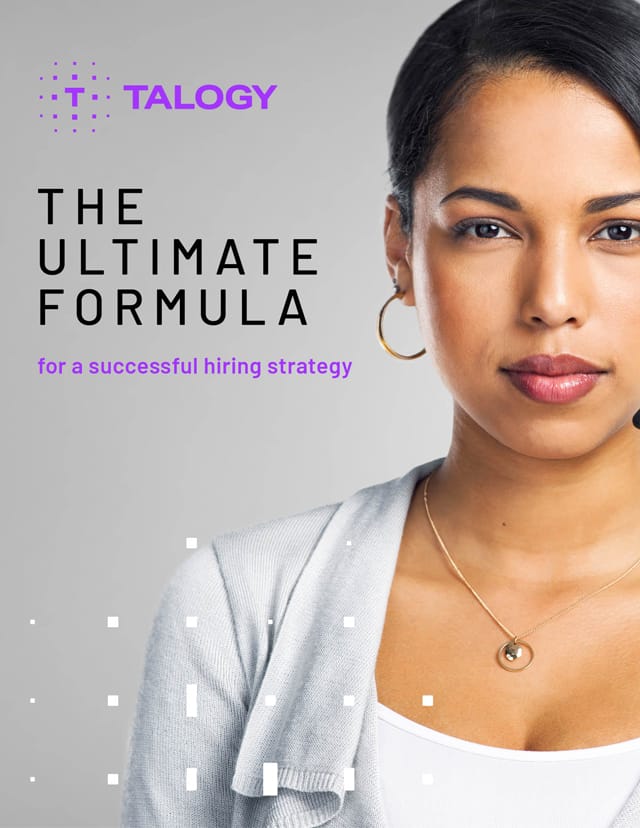Written by Lillian Bradshaw, former Senior Consulting Associate
Whether you are hiring for high-volume, entry-level roles or for executives, the labour market is highly competitive for employers. Many businesses are at a point where they are asking, “What qualities are we willing to sacrifice to get candidates in the door?” In an ideal world, the answer is none. In today’s labour market and otherwise highly unpredictable world, concessions will likely need to be made. So, what do you do when your applicant pool is limited? Here are my five tips for hiring during a talent shortage.
- Maximise the potential of your assessment
- Differentiate skills needed upon entry from those that can be taught
- Don’t forget about your incumbent workforce
- Safety should always be king
- Consider offering hiring incentives
If you have an assessment, ensure that you use it to your advantage. Lean into the data the assessment gives you and probe around areas with lower scores in your interview. If you are going to lower the threshold to pass or allow exceptions to your typical assessment use, establish a clear and consistent policy around them. Then it’s important to enforce that policy to ensure your hiring practice remains consistent and legally defensible. As a reminder, any major changes to the hiring practice should be reviewed by your legal team.
Read more: Why You Shouldn’t Remove Your Hiring Assessment
Just as you may have pared down your job description and removed ‘nice to haves,’ consider the same with your hiring criteria. If you are only going to get a candidate who has three out of five key skills, which of those five skills can be trained on the job? For example, you may be able to teach someone strategies and processes to become more organised in their approach to work, but if they seem likely to take risks or undervalue safety considerations, that may be harder to train. Focus on the criteria that is difficult to teach.
Consider how hiring someone less than ideal will impact your current staff. Will they need to take on additional tasks that typically the new hire would own? Will they need to spend more time training? Make sure to review the workload of current staff and keep things as manageable as possible. Be sure that they feel supported and valued which will help avoid turnover of tenured staff.
You have to draw the line somewhere. Getting another body through the door is not worth hiring someone who may take unnecessary risks and fails to consider safety standards or ethical guidelines. It’s worth mentioning that it’s not just those traditional manufacturing and healthcare jobs (to name a few) where this comes into play. Putting oneself, their coworkers, or the company at risk can take many forms such as showing up to the office sick or clicking on a malicious link within an email. We can’t forget that safety extends beyond the walls of a warehouse or hospital.
Finally, though you have likely already done this, revisit your pay and benefits package. Maybe your top candidate is able to get more pay or a hefty sign-on bonus elsewhere. If you are hesitant to budget for extra pay, consider the cost of a poor hire, or even the cost you have already put into a lengthy and fruitless search.
Chances are you will still have a need to hire during this talent shortage. And if you do need to hire quickly, you should still do your due diligence even if that candidate doesn’t fit your initial vision for the role. Any employee is an investment, and just like you wouldn’t put a stake in a stock without doing your research, you wouldn’t want to bring on a new employee without learning more about them. Use the steps above to help you find where you can compromise, and where a compromise will cost you more in the long run.



